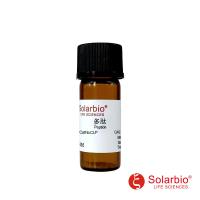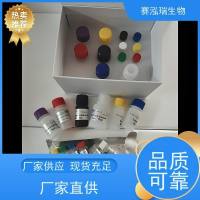Platelet adhesion and aggregation at sites of vessel-wall injury are critical for the arrest of bleeding and for the development of vaso-occlusive thrombi at sites of atherosclerotic-plaque rupture. These adhesive interactions are critically dependent on multiple receptors on the platelet surface (GPIb/V/IX, GPVI, integrins αIIb β3 and α2 β1 ) and their specific ligands in the subendothelium (von Willebrand Factor, collagen) and plasma (von Willebrand Factor, fibrinogen) (1 ,2 ). In vivo, these receptor-ligand interactions are exposed to a broad range of shear stresses generated by blood flow, ranging from 20–200/s in veins to 800–10,000/s in arteries (3 ). In stenotic vessels, shear rates can approach 40,000/s. The development of in vitro methodologies mimicking physiological and pathophysiological flow conditions has significantly improved our understanding of the role of shear in regulating platelet functional responses. In general, the effects of shear stress have been studied with platelets in suspension using rotational devices such as the Couette or cone-plate viscometer. Alternatively, the effects of shear on platelets have been evaluated in a laminar-flow device such as the tubular, annular, or parallel-plate flow chamber. Rotational viscometers are ideal for the examination of shear effects on platelet adhesive interactions in the absence of platelet-surface interactions (i.e., platelets in suspension). Such studies are important in determining the mechanisms of platelet activation occurring in areas of vascular stenosis where shear rates are elevated well above physiological levels. Thrombus formation, however, does not generally occur with platelets in suspension but rather involves the progressive accrual of platelets onto vascular subendothelium and subsequently onto immobilized platelets. As such, the in vitro investigation of platelet function under conditions of physiological and pathological shear has been greatly facilitated by laminar flow devices.






